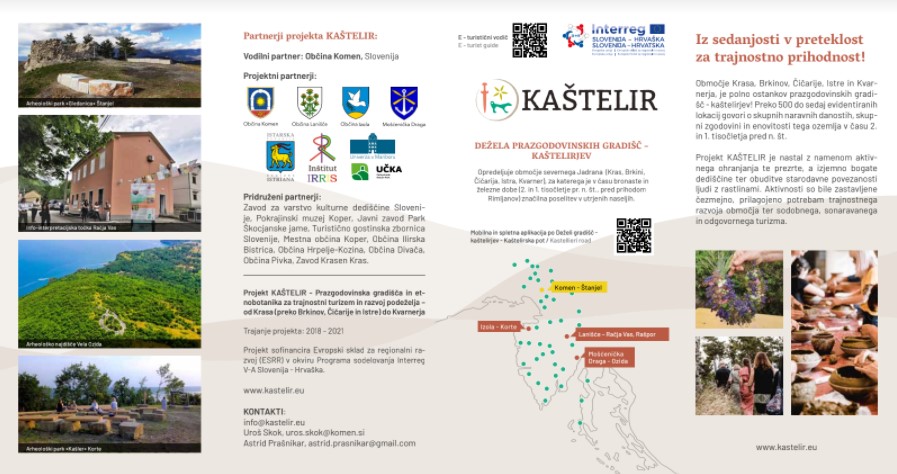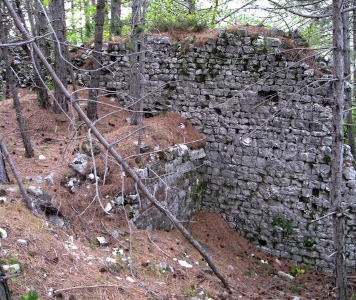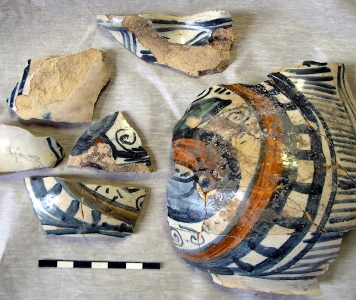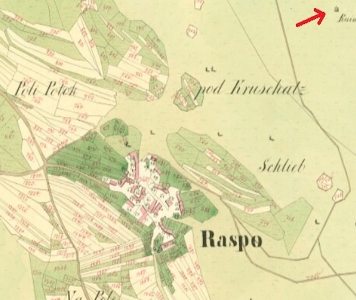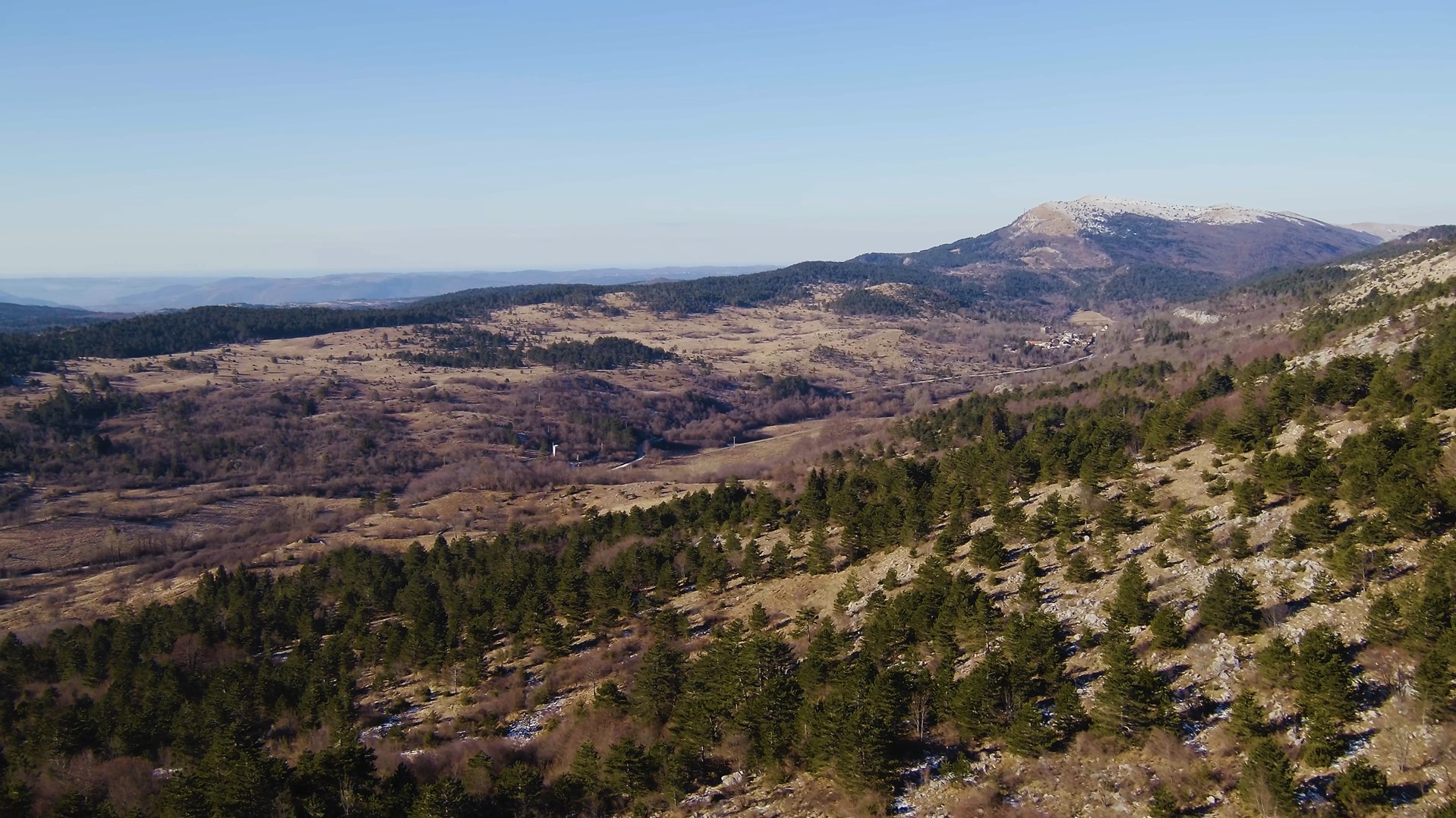Račja Vas – Rašpor (Municipality of Lanišće)
In the heart of Čičarija, Rašpor and Račja Vas surprise us with their modesty, but the toponym, archeological remains and written sources about the medieval fort near Rašpor prove that the pulse of life here began on a prehistoric hillfort. During the Kaštelir project, in addition to new interpretations of the archaeological heritage, the knowledge of edible wild plants, which represent an important link between present and prehistoric life, was also revived.
Rašpor and Račja Vas, results and outputs of the project Kaštelir:
- ARCHAEOLOGICAL PARK RAŠPOR with landscaped paths and cleaned remains of the fort offers a space to get to know the oldest heritage of the landscape "Čička", which has its roots in prehistory.
- CENTER FOR PROMOTION OF HILLFORTS AND TRADITIONAL USE OF PLANTS IN RAČJA VAS, together with a small kitchen, offers a space for getting to know edible wild plants and other culinary ingredients that were known in prehistory and form the basis for new creative and innovative culinary products. The center also has an exhibition of archaeological research conducted at the Rašpor hillfort during the Kaštelir project. It represents the natural and cultural heritage of this area, with an emphasis on archeology and botany. The center is also equipped with multimedia equipment and has an educational, developmental and tourist function. It is intended for education of the local population in the field of economic development - especially sustainable agriculture, cattle breeding and tourism.
- SHORT BOTANICAL PATH that leads through Račja Vas over the top of Orljak and back. Passing by an abandoned quarry, typical forest communities, vegetation, meadow species, we also encounter Great Yellow Gentian (Gentiana lutea).
- LONG BOTANICAL PATH with a starting point in Račja Vas leads to the top of Gomila, then to Rašpor and the remains of the local castle and finally to Račja Vas.
- FESTIVAL ENCIJAN with numerous activities that guide visitors to the life in prehistory and introduce them to the then agricultural and craft activities, music, food and other customs and habits of spiritual culture.
Archaeological cycling route
- THE CROSS-BORDER ROUTE FROM ČIČARIJA TO ŠAVRINIJA begins at the prehistoric hillfort of Stari Lupoglav (Mahrenfels), continues to the center of Čičarija – the Rašpor hillfort, to the archeological site of Jašmovica and across the national border to Sočerga and Kaštelir near Korte above Izola. It is 79.3 km long with 1620 m of ascent and 1800 m of descent.
Leaflet
Prehistoric Hillfort Castello, Raspo (Rašpor)
Time period: Middle Ages
On a conical hill at 830 meters above sea level in the heart of Ćićarija lie the remains of a medieval castle. Due to its strategic importance, it was named the “key to Istria”. The remains no longer reveal the traces of the glorious past of the castle, which might have also been a Roman post. A pine forest covers the area where the prehistoric hillfort used to stand. The black soil beneath the castle ruins and thick coniferous forests hide the secrets of the way of life of prehistoric inhabitants. Around the year 1000, during the Frankish rule, Rašpor gained importance, and in the 13th century, it became the seat of the captains, the military authority through which the Venetians ensured the safety of Istria. In 1511, the Venetian rector was moved to Buzet, and the castle was left to the ravages of time. No archaeological excavations have been carried out at the site. Fragments of late medieval and Renaissance pottery were brought to the Archaeological Museum of Istria in Pula in 2005. Their analysis found the artistic-decorative styles of the workshop centers from the Po Valley from the 15th and 16th centuries.
Bibliography: Foscan 1992, 44, 78, 258, 269; Bertoša 2005; Bradara 2007, 65-72; Buršić-Matijašić 2007, 477; Bradara (editor), 2017, 55-56.
